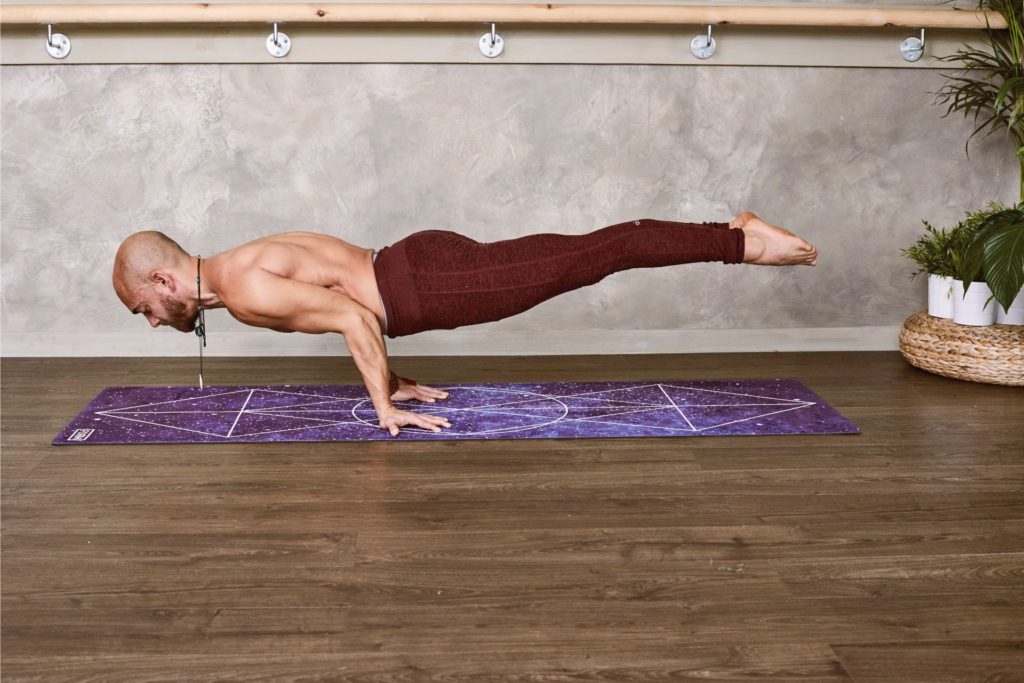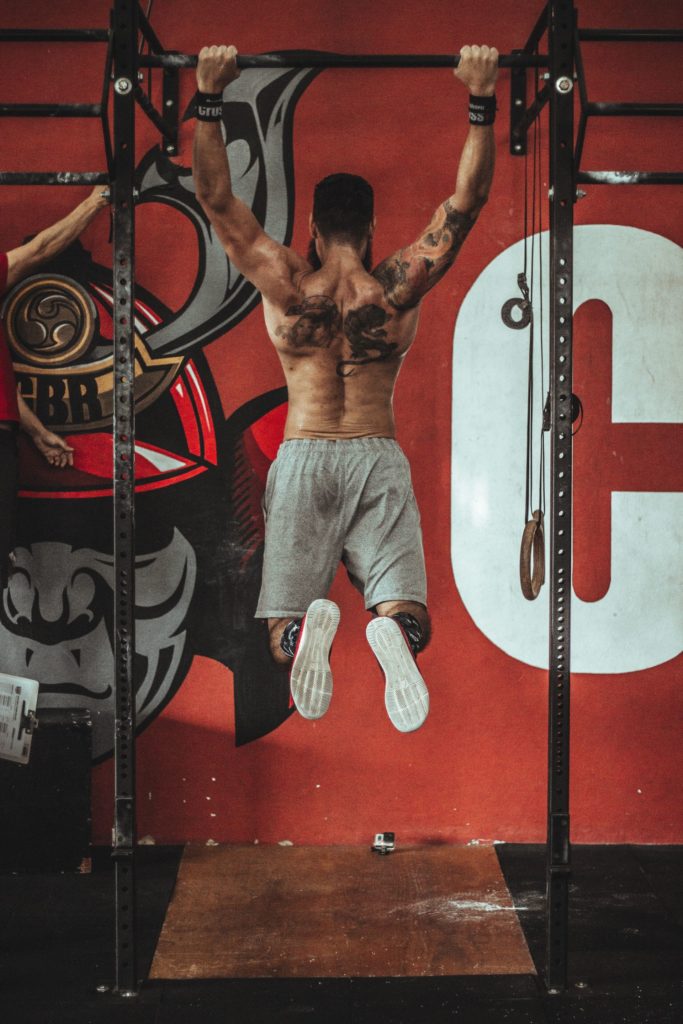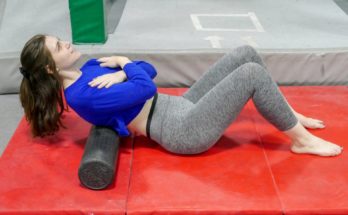
Calisthenics is a very popular form of exercise. Easy to do anywhere, calisthenics is fitness you perform with your body. Push-ups, pull-ups, planches, and muscle-ups are all calisthenics movements. Many people build programs around calisthenics, but there are misconceptions of what results you will see. Let’s take a look at how far calisthenics can take you!
Difficulty is relative

Exercise difficulty is relative to the person. Depending on your weight, strength, mobility, and coordination, intensity will vary. This being said, we must understand our results in fitness are dictated by the way we perform our exercises.
Regardless of the exercise parameters you choose, the resistance used should be adequate. The weight you use should correspond to the rep range your aiming for. You choose a rep range based on the results you want to achieve.
Results depend on reps

So where does calisthenics lie? How do you know what you will get out of calisthenics? Understanding your body’s response to exercise is essential. If you can only perform 3 pull-ups, then this exercise produces a certain result. If you can perform 8-12 pull ups then you will optimize a different result. If you can perform 12+ pull ups then you will optimize yet another energy system!
Calisthenics for strength
A set of 3-5 is for building strength. Size doesn’t always mean strength. A set of 3 repetitions is over very fast, and in order to appropriately challenge your body, a heavy-weight must be used, maximally exerting yourself in just a few seconds.
Because strength varies, it’s up to you to understand the benefits of a particular calisthenics movement. If you can perform 12+ repetitions of a movement, and your goal is to build strength, then the calisthenics movement is not going to be enough resistance! You can progress a calisthenics movement by adding resistance, like a weight vest.
Calisthenics for endurance
Higher reps will yield an endurance response from your body. Performing an exercise from 12-15 repetitions will stress a particular energy system in your body. A set of 12-15 is going to take much longer to complete than a set of 3-5 and therefore a lighter weight must be used to complete your exercise.
A person might progress quickly with a calisthenics exercise, and as that happens the results they get from that movement will change. If you want to increase your endurance, you need to be performing 12+ repetitions and be working for a longer set. If a movement is too difficult for you to meet these criteria, you must regress the exercise. If you need to cultivate endurance for rock climbing, let’s say, and you can only perform 6 pull-ups, it’s a good idea to use a closed resistance band or assisted pull up station to help you get to 12-15 reps!

Calisthenics for muscle mass
Choosing a rep range between 8-12 is great for increasing muscle mass. This set takes a medium amount of time to complete, usually around 45-60 seconds. This range allows us to choose slightly heavier resistances and optimizes the burn you feel from exercise.
As discussed, if you’re not failing in your targeted rep range, the exercise is not going to be effective. Increasing muscle mass is optimized with a set of 8-12 lasting around 45 seconds. A very thorough study shows that calisthenics might not be the best choice for building muscle when compared to a compound resistance movement.
Calisthenics for kids
Different studies have shown that calisthenics can be a superior form of training for kids. Kids need stimulating forms of exercise that are fun and keeps them moving. Calisthenics can be great for improving coordination, balance, decrease injury risk and teach movement patterns and research shows that calisthenics is superior to pilates for adult women in regards to these factors. Calisthenics is great for increasing athleticism in all demographics.
Is calisthenics right for me?

Whenever we approach a form of exercise, we want to understand the concept of muscle imbalances. We always want to avoid exercises that will exacerbate issues or lead to injuries. It’s always a good idea to perform an assessment to determine if you have any existing issues. There are many calisthenics movements that can be regressed and used as corrective exercise to help restore function!



